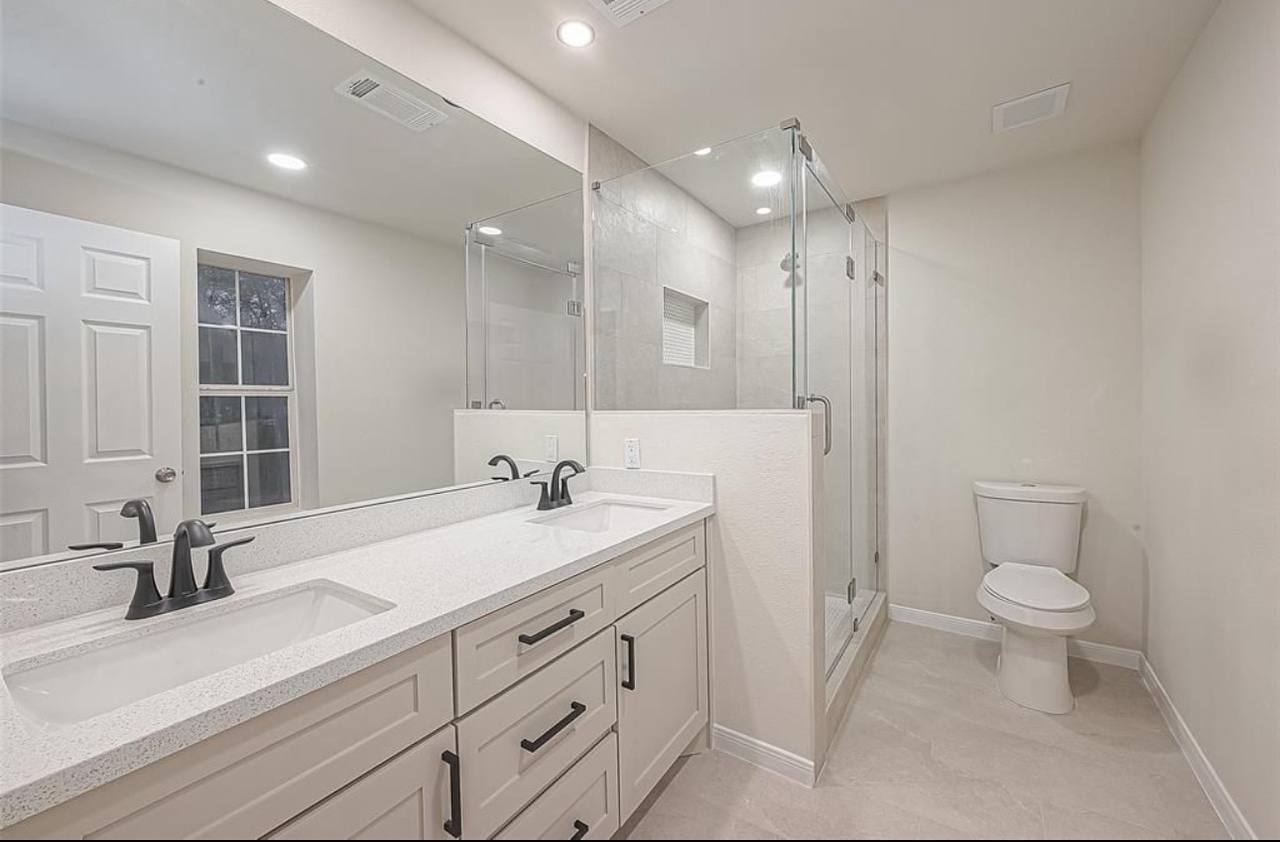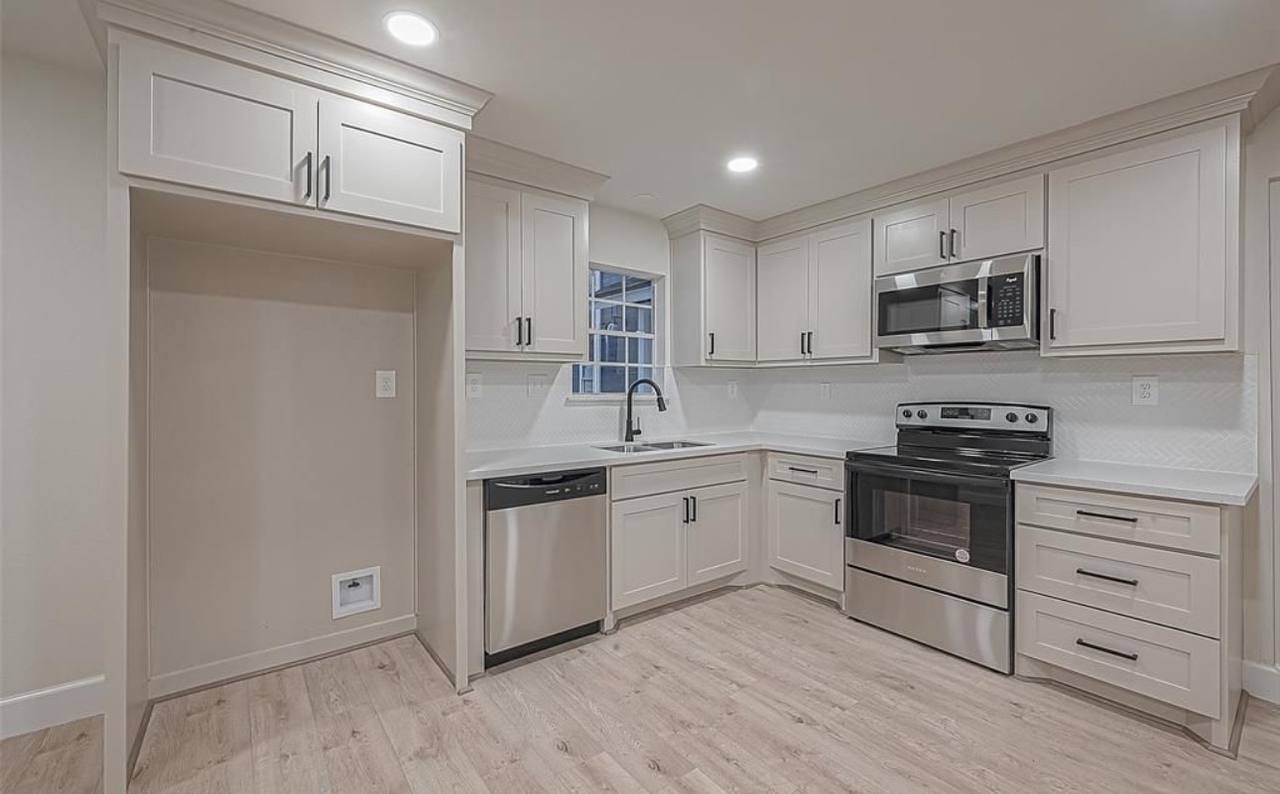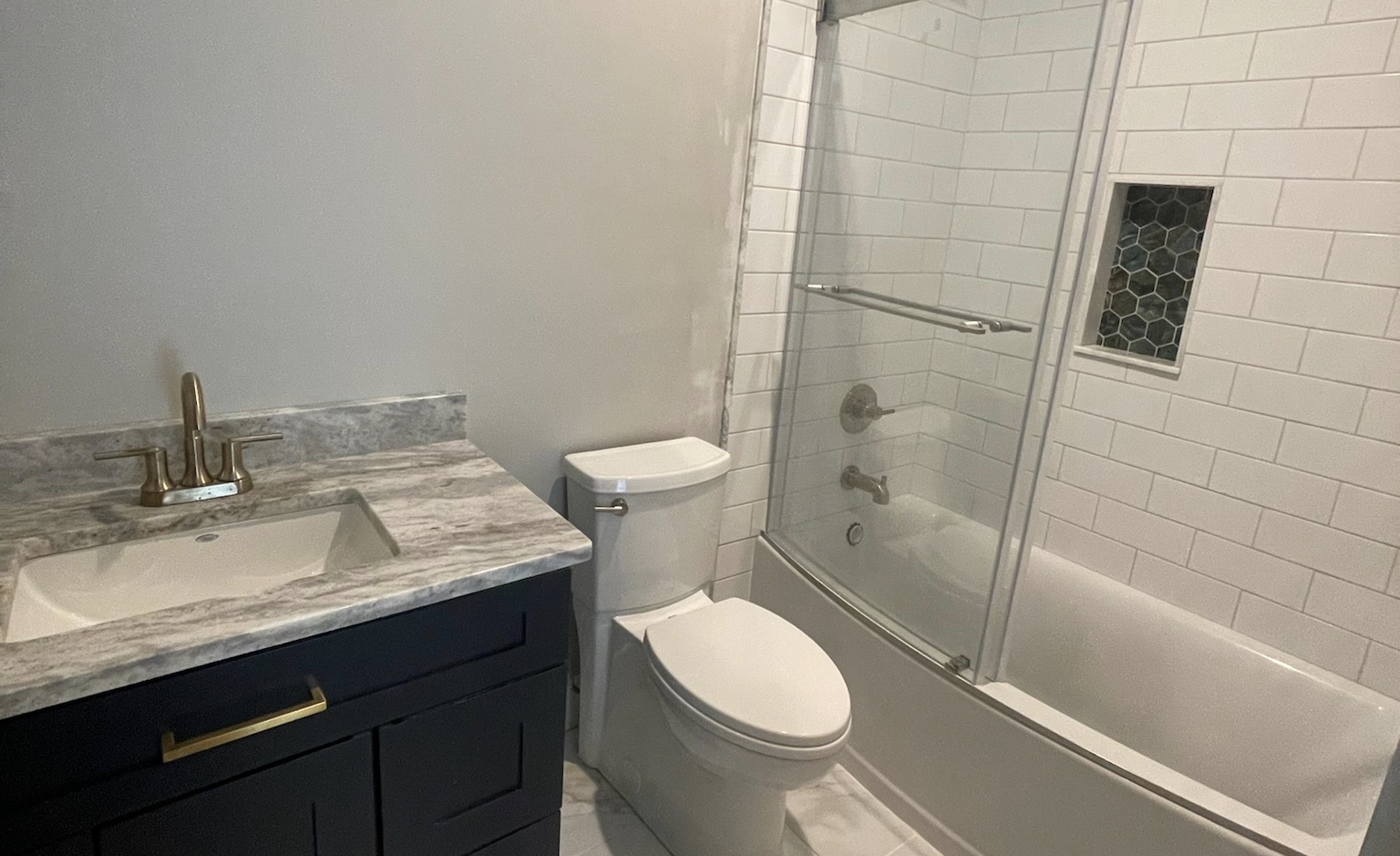Small Home Remodeling
Remodeling your small home can transform cramped spaces into functional and stylish areas that suit your lifestyle. Whether you're upgrading a kitchen, bathroom, or optimizing your living room, strategic remodeling can significantly enhance both comfort and value. This guide walks you through essential steps to plan, execute, and enjoy a successful small home remodel.
Introduction
When it comes to small home remodeling, every decision counts. From initial planning to final touches, thoughtful choices can maximize space, improve functionality, and elevate aesthetics. Whether you're looking to enhance your home's appeal or simply create a more comfortable living environment, this comprehensive guide will equip you with practical insights and expert tips.
Assessing Your Needs
Before diving into renovations, it's crucial to assess your remodeling goals and establish a clear budget. Understanding what you want to achieve—whether it's modernizing outdated features, increasing storage, or improving energy efficiency—sets the foundation for a successful project.
Determining Your Remodeling Goals
Identify specific areas of your home that require attention. Are you aiming to expand a cramped kitchen, update a worn-out bathroom, or create more open living spaces? Prioritize areas based on both necessity and personal preference.
Budget Considerations
Establishing a realistic budget is essential. Consider factors such as material costs, labor fees, and potential unexpected expenses. Allocating funds strategically ensures you can complete your remodel without financial strain.

Planning Your Project
Successful remodeling starts with thorough planning. Researching design ideas, deciding between DIY and professional help, and creating a realistic timeline are key steps in laying the groundwork for your project's success.
Researching Design Ideas
Browse home improvement magazines, websites, and social media platforms for inspiration. Consider your home's architectural style and personal taste when exploring design trends and concepts.
Hiring Professionals vs. DIY
Decide whether to tackle remodeling tasks yourself or enlist the expertise of professionals. While DIY projects can save money, complex renovations may require the skills and experience of licensed contractors or designers.
Choosing the Right Areas to Remodel
Focus on areas that will have the most significant impact on your daily life and home value. Kitchens, bathrooms, and living rooms are popular choices for remodeling, offering opportunities to enhance functionality and aesthetics.
Prioritizing Based on Budget and Necessity
Evaluate each room's condition and prioritize renovations based on your budget and immediate needs. Address essential repairs or updates first before tackling more cosmetic improvements.
Budgeting Tips
Setting a realistic budget is crucial for a successful remodel. Factor in costs for materials, labor, permits, and unexpected expenses to avoid financial surprises during the renovation process.
Setting a Realistic Budget
Consult with contractors or use online calculators to estimate project costs accurately. Add a contingency fund of 10-20% to cover unforeseen expenses, ensuring you can complete your remodel within budget.
Allocating Funds for Unexpected Expenses
Prepare for unexpected setbacks by allocating funds for contingencies. From structural issues to design changes, having financial flexibility allows you to adapt to challenges without compromising your project's quality.
Design and Layout Considerations
Maximizing small spaces requires thoughtful design and layout choices. Incorporating clever storage solutions, enhancing natural lighting, and choosing functional furniture can create a more spacious and inviting home environment.
Maximizing Small Spaces
Optimize room layouts to maximize available space. Consider multifunctional furniture and built-in storage solutions to reduce clutter and create a seamless flow between rooms.
Incorporating Storage Solutions
Integrate custom cabinets, shelving, or underutilized spaces like under stairs or above doorways for additional storage. Strategic organization minimizes visual clutter and enhances the usability of your home.
Enhancing Natural Lighting
Amplify natural light by choosing window treatments that maximize sunlight penetration. Consider installing skylights or adding reflective surfaces like mirrors to brighten rooms and create a more open feel.
Materials and Finishes
Choosing durable, high-quality materials and finishes ensures your remodel stands the test of time. From eco-friendly options to stylish accents, selecting the right materials enhances both functionality and aesthetic appeal.
Choosing Durable and Stylish Materials
Invest in materials known for their durability and aesthetic appeal. Options like hardwood flooring, quartz countertops, and ceramic tiles offer longevity and timeless elegance, making them ideal for high-traffic areas.
Eco-Friendly Options
Explore eco-conscious materials and finishes to reduce your home's environmental footprint. Recycled glass, sustainable wood, and low-VOC paints not only enhance indoor air quality but also contribute to a more sustainable home environment.
DIY vs. Hiring Professionals
Deciding whether to undertake remodeling tasks yourself or hire professionals depends on your skill level and project complexity. Assess the pros and cons of each approach to ensure your remodel meets both quality and safety standards.
Pros and Cons of Each Approach
DIY projects can save money and allow for personal customization, but they require time, effort, and expertise. Hiring professionals ensures professional craftsmanship and adherence to building codes but comes at a higher cost.
When to Hire a Contractor
Consider hiring a contractor for projects involving structural changes, electrical or plumbing work, or intricate design elements. Licensed professionals have the skills and resources to handle complex renovations safely and efficiently.
Managing the Project
Effective project management is essential for keeping your remodel on track. Establishing a realistic timeline, communicating effectively with contractors, and addressing setbacks promptly ensure a smooth renovation experience.
Creating a Timeline
Outline project milestones and deadlines to track progress and manage expectations. Factor in lead times for materials, unexpected delays, and seasonal considerations to maintain momentum throughout your remodel.
Dealing with Setbacks and Adjustments
Anticipate challenges such as supply chain delays or unforeseen structural issues. Stay flexible and communicate openly with your contractor to address setbacks promptly and adjust your plan as needed.
Safety and Legal Considerations
Navigating safety regulations and obtaining necessary permits ensures your remodel complies with building codes and protects your home's structural integrity. Prioritize safety measures and legal requirements throughout the renovation process.
Permits and Regulations
Research local building codes and obtain necessary permits before starting your remodel. Compliance with regulations ensures safety and prevents costly fines or project delays during inspections.
Safety Tips During the Remodeling Process
Protect yourself and your home by implementing safety measures. Use personal protective equipment (PPE), secure work areas to prevent accidents, and follow manufacturer guidelines for tool and equipment use.
Adding Value to Your Home
Investing in strategic remodeling not only enhances your living space but also increases your home's market value. Consider the long-term benefits of improvements when planning your remodel.
Enhancing Resale Value
Focus on upgrades that appeal to potential buyers, such as updated kitchens or energy-efficient upgrades. Consult with real estate professionals to prioritize renovations that maximize return on investment (ROI) and attract buyers.
Long-Term Benefits of Remodeling
Enjoy improved comfort, functionality, and energy efficiency long after your remodel is complete. Quality renovations contribute to a higher quality of life and make your home more attractive to future buyers or renters.
Maintaining Your Newly Remodeled Space
Preserving the integrity of your remodel requires regular maintenance and care. Implementing cleaning routines, addressing wear and tear promptly, and scheduling periodic inspections extend the lifespan of your home improvements.
Cleaning and Maintenance Tips
Follow manufacturer guidelines for cleaning and maintaining materials and finishes. Regularly inspect plumbing, HVAC systems, and structural elements to prevent minor issues from becoming costly repairs.
Addressing Wear and Tear
Monitor high-traffic areas and components prone to wear, such as flooring and countertops. Repair or replace damaged materials promptly to maintain your home's aesthetic appeal and functionality.
FAQs about Construction and Remodeling
1. How much does a small home remodel typically cost?
A small home remodel can cost anywhere from a few thousand to tens of thousands of dollars, depending on the scope of work and materials used.
2. Can I remodel my home room by room?
Yes, tackling one room at a time allows for manageable projects and helps spread out costs over time.
3. What are some eco-friendly remodeling options?
Consider using sustainable materials like bamboo flooring, recycled glass countertops, and low-VOC paints for an eco-conscious remodel.
4. How do I find a reliable contractor for my remodel?
Seek recommendations from friends, family, or online reviews. Verify licenses, check references, and obtain multiple quotes before deciding.
5. What should I do if I encounter unexpected issues during remodeling?
Stay calm and consult with your contractor for solutions. Having a contingency fund and flexible timeline can help address unexpected challenges effectively.
Conclusion
Embarking on a small home remodel is a rewarding journey that enhances your living space and adds value to your property. By prioritizing planning, budgeting, and quality craftsmanship, you can transform your home into a stylish and functional sanctuary tailored to your lifestyle.










